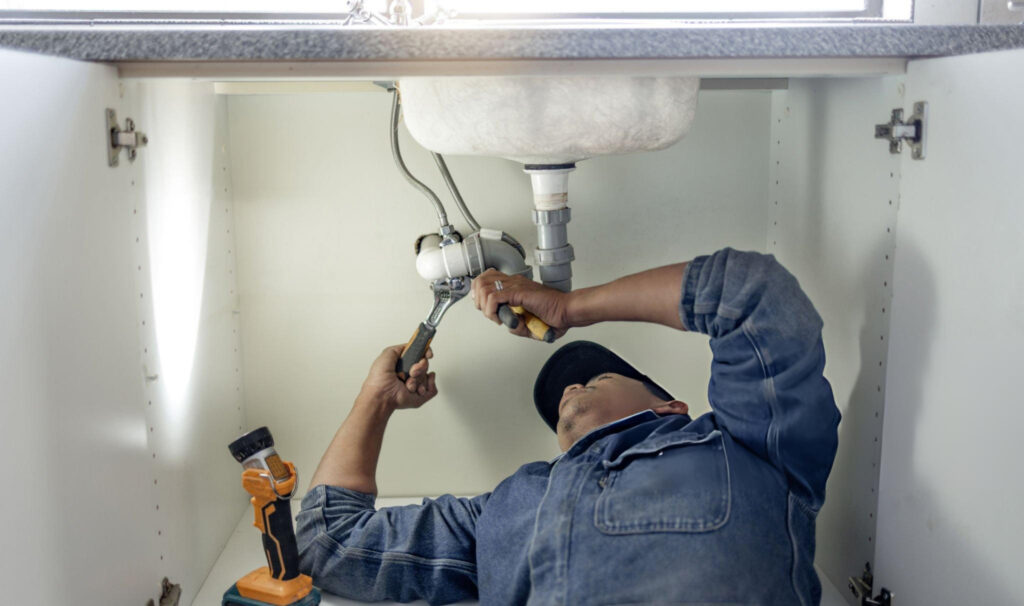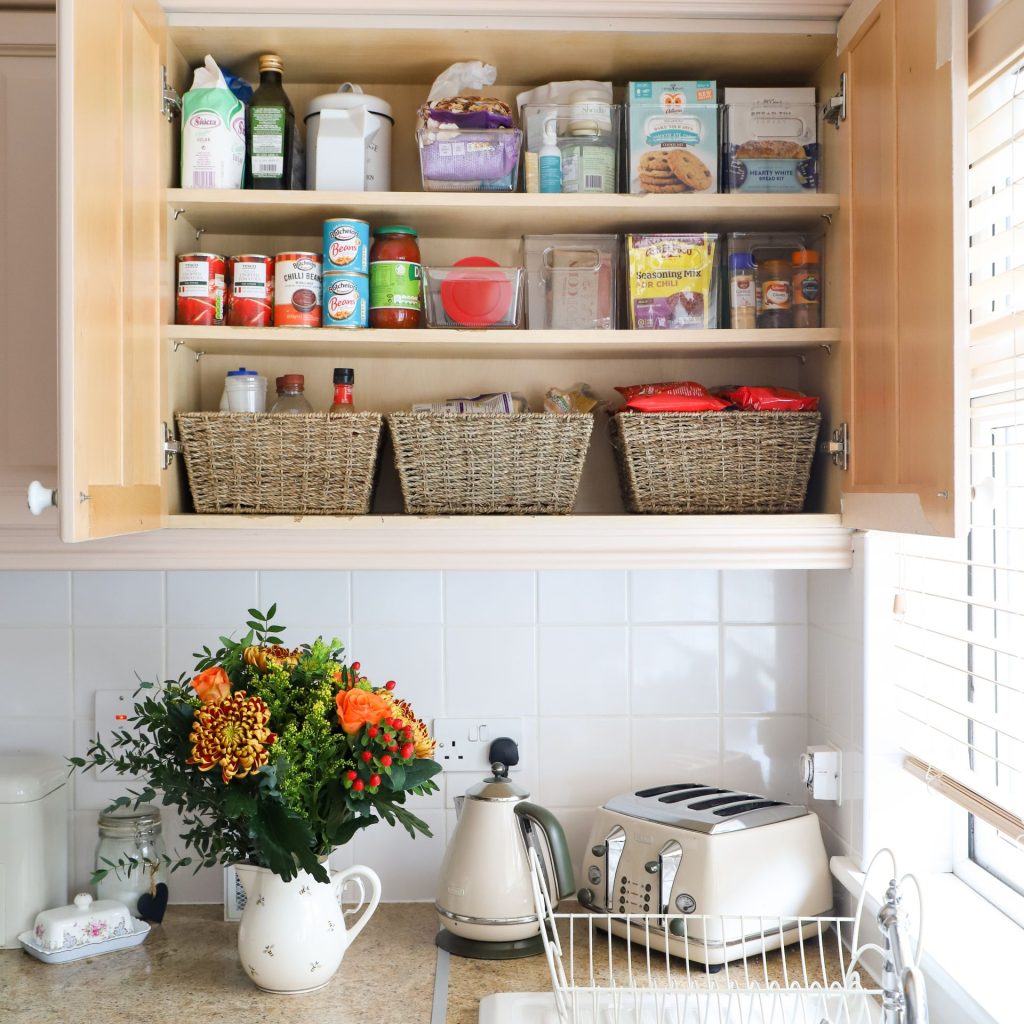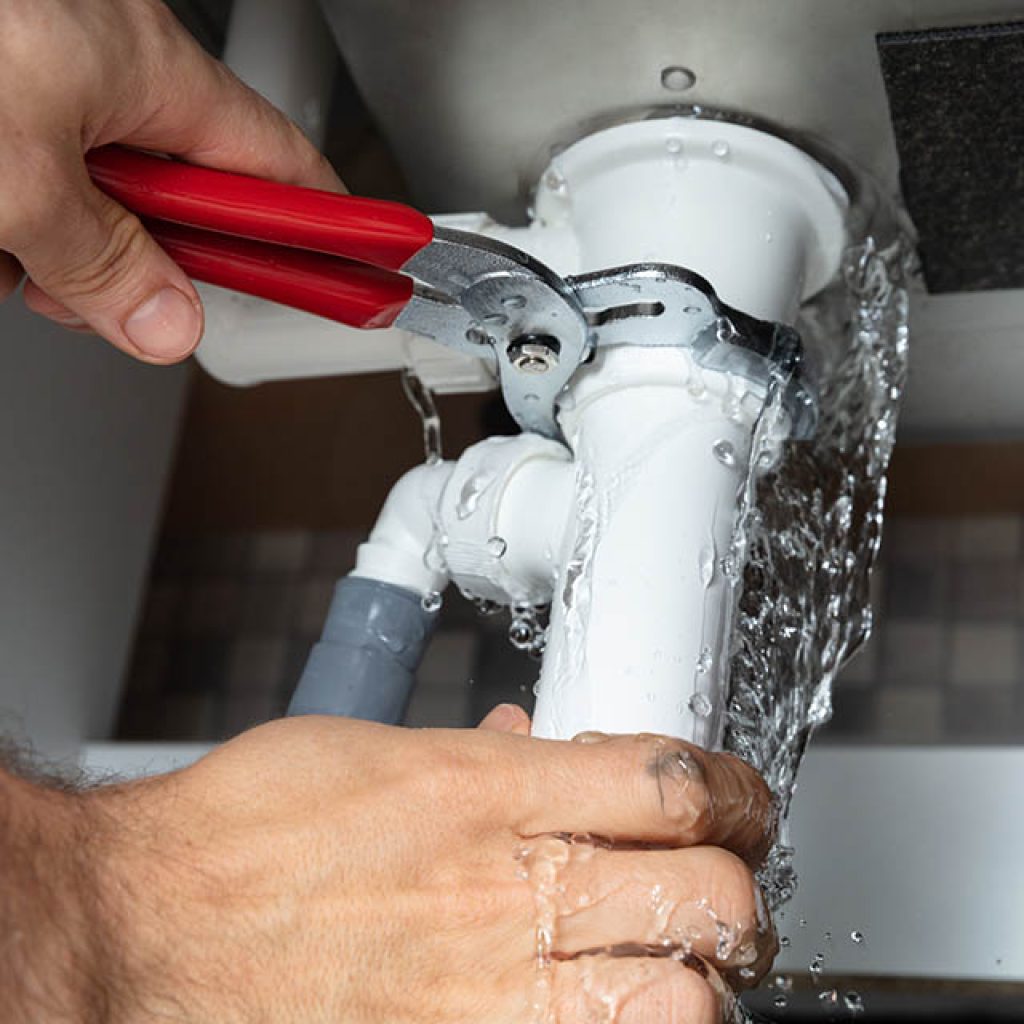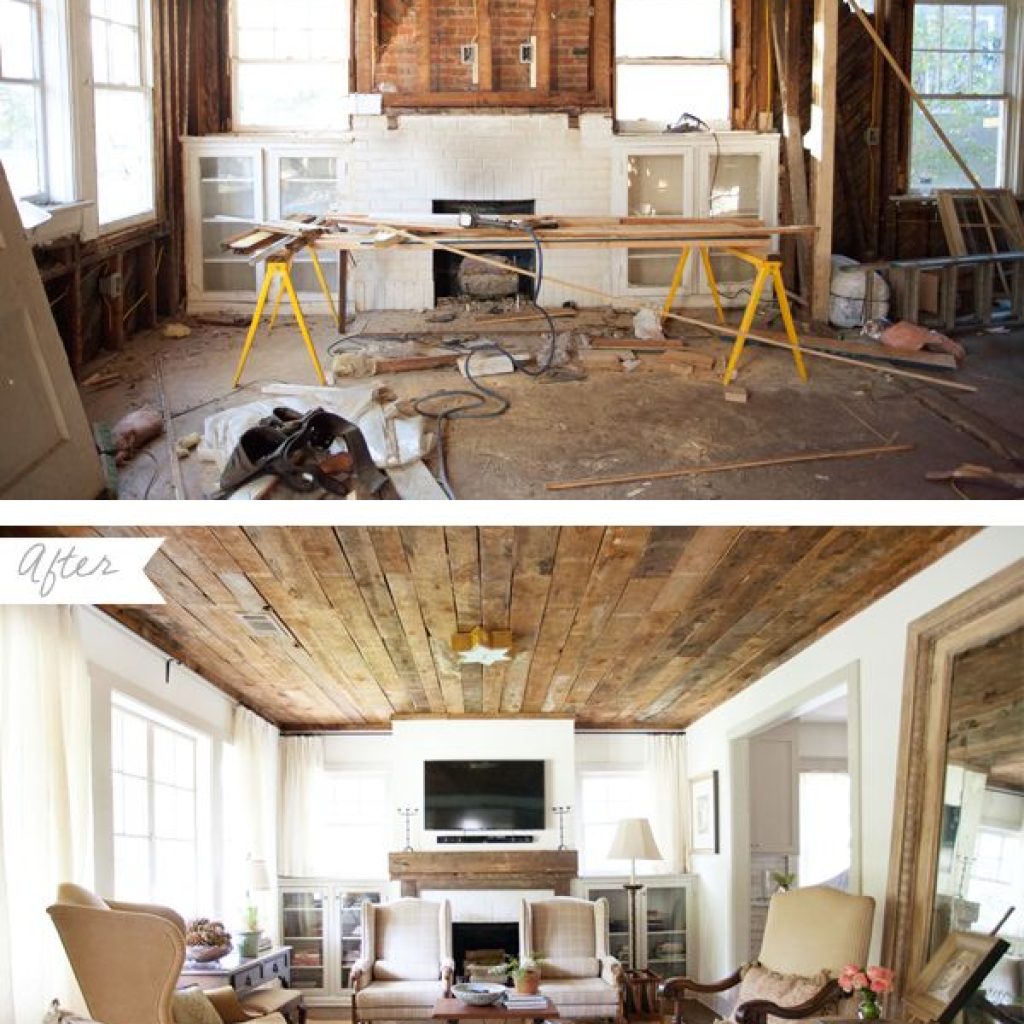Dealing with minor roof leaks can be frustrating. But, with the right tools and know-how, you can fix them yourself.
Minor leaks in your roof can lead to bigger problems if ignored. Water damage can ruin walls, ceilings, and even cause mold. DIY roof repairs are a cost-effective solution for small leaks. Knowing how to repair these leaks helps you avoid expensive repairs later.
Plus, fixing them yourself gives you control over the quality of the work. In this blog, we will explore easy methods for repairing minor roof leaks. You will learn simple steps to protect your home from water damage. Ready to tackle that leak? Let’s get started!
Identifying Roof Leaks
Identifying roof leaks early can save you money and trouble. Small leaks can lead to big problems if ignored. Learn the signs and inspect your roof to catch issues fast.
Common Signs
Water stains on ceilings or walls often indicate a roof leak. Peeling paint or wallpaper can also be a sign. Mold or mildew growth suggests moisture problems. Pay attention to musty smells indoors. These can point to hidden leaks. Missing or damaged shingles are clear signs of roof issues.
Inspecting The Roof
Start by examining the roof from the ground. Use binoculars for a closer look. Check for missing, cracked, or curling shingles. Look for granule loss on shingles. This can indicate wear and tear. Pay attention to flashing around chimneys and vents. Damaged flashing can lead to leaks.
If safe, climb a ladder for a closer inspection. Check gutters and downspouts for debris. Clogged gutters can cause water to back up and enter the roof. Look for signs of rot or damage on fascia boards. Inspect the attic for damp spots or water stains. This can help locate the source of the leak.

Credit: primeroofrepairtampa.com
Safety Precautions
When it comes to fixing minor leaks on your roof, safety should be your top priority. While the task may seem simple, working at heights and handling tools can pose significant risks. Let’s delve into some essential safety precautions to ensure you stay safe while tackling those pesky leaks.
Using The Right Gear
First things first, you need to gear up properly. Just like a knight needs his armor, you need the right equipment to keep you safe.
- Helmet: Protects your head from any accidental bumps or falling objects.
- Non-slip boots: Ensures you have a firm grip on the roof, preventing slips and falls.
- Gloves: Shields your hands from sharp objects and provides better grip on tools.
- Safety harness: A must-have if your roof has a steep pitch. It can prevent a dangerous fall.
Remember, wearing the right gear is like having a life insurance policy – it’s there to protect you.
Working In Safe Conditions
Next, let’s talk about the environment in which you’ll be working. The weather and time of day play a crucial role in ensuring your safety.
- Check the weather forecast: Avoid working on the roof during rainy or windy conditions. Wet surfaces are slippery, and strong winds can make it hard to keep your balance.
- Daylight hours: Always aim to work during daylight. Proper visibility is essential to spot potential hazards and avoid accidents.
- Stable ladder: Make sure your ladder is on a flat, stable surface. A wobbly ladder is a recipe for disaster.
Imagine trying to balance on a roof while it’s raining cats and dogs – not a pretty picture, right? Stay safe by choosing the right conditions for your repair work.
By following these safety precautions, you can confidently tackle minor roof leaks without putting yourself in harm’s way. Remember, a little caution goes a long way in ensuring your DIY project is a success.
Necessary Tools
Fixing minor roof leaks can save money and prevent bigger issues. To do this job right, you need the right tools. Having the proper equipment makes the task easier and safer.
Basic Tools
Basic tools are essential for any DIY roof repair. A hammer is crucial for removing old nails and securing new shingles. A utility knife helps cut roofing material to the right size. Safety gloves protect your hands while working.
A tape measure ensures precise measurements. A ladder is necessary to reach the roof safely. Make sure it is sturdy and tall enough. A chalk line is useful for marking straight lines on the roof. These tools are simple but vital for roof repairs.
Specialized Equipment
Some repairs need specialized equipment. A caulking gun is essential for applying sealant. Sealant stops leaks and prevents further damage. A roofing nailer speeds up the nailing process and ensures nails are secure.
A pry bar helps remove damaged shingles without damaging others. Binoculars or a drone can inspect hard-to-reach areas. These tools make specific tasks easier and more effective.
Temporary Fixes
Minor roof leaks can cause major headaches. You need quick fixes to stop the damage. Temporary fixes can help until you get a permanent solution. These methods are simple and effective. They can buy you some time.
Using Tarps
Tarps are great for quick roof repairs. Spread a tarp over the leak to keep water out. Use heavy-duty plastic tarps for best results. Secure the tarp with nails or screws. Make sure to cover the entire leak area.
Overlap the edges by at least four feet. This prevents water from seeping in. Check the tarp regularly. Adjust it if needed. Tarps can protect your roof until you can fix it properly.
Applying Sealants
Sealants can also help with minor leaks. You can find roof sealants at hardware stores. Look for waterproof sealants. Apply the sealant directly to the leak. Use a caulking gun for easy application.
Press the sealant into the crack or hole. Spread it evenly. Let it dry before exposing it to rain. Sealants work well for small leaks. They can last for several months. Reapply as needed.
Permanent Repairs
Permanent repairs ensure your roof stays leak-free for years. These repairs involve replacing damaged shingles and fixing broken flashing. Both are crucial to maintaining a solid, watertight roof. Let’s dive into each method.
Replacing Shingles
First, gather necessary tools: a pry bar, hammer, and roofing nails. Start by removing the damaged shingle. Use the pry bar to lift it gently. Take care not to damage surrounding shingles. Once removed, slide the new shingle into place. Secure it with roofing nails.
Ensure the new shingle aligns with existing ones. This prevents future leaks. Replacing shingles is simple yet effective. It restores the integrity of your roof.
Repairing Flashing
Flashing prevents water from seeping through roof joints. Damaged flashing can cause leaks. Start by inspecting the flashing around chimneys, vents, and skylights. If you find any cracks or rust, remove the damaged flashing.
Use a putty knife to scrape away old sealant. Cut new flashing to fit the area. Secure it with roofing nails. Finally, apply a generous amount of roofing cement around the edges. This seals the flashing and prevents leaks.
Repairing flashing is essential for a long-lasting roof. It keeps water out and protects your home.

Credit: idflatroof.com
Maintaining Your Roof
Maintaining your roof is crucial for the longevity of your home. A well-maintained roof protects you from harsh weather and potential leaks. Regular maintenance can save you time and money on costly repairs. Let’s explore some essential steps to keep your roof in top condition.
Regular Inspections
Regular inspections are key to maintaining your roof. Check your roof for damage twice a year. Look for missing or damaged shingles. Also, check for signs of wear around chimneys and vents. If you spot any issues, address them promptly to prevent further damage.
Preventative Measures
Preventative measures help you avoid costly repairs. Clean your gutters regularly to prevent water buildup. Trim overhanging branches to avoid damage from falling limbs. Ensure proper ventilation in your attic to reduce moisture. These simple steps can keep your roof in excellent condition for years.
Handling Emergency Leaks
When it comes to handling emergency leaks in your roof, time is of the essence. A sudden leak can cause a panic, but with the right strategies, you can manage the situation effectively. This section will guide you through some quick fixes and tips for minimizing damage, ensuring that you can keep your home safe and dry until professional help arrives.
Quick Fix Strategies
Discovering a leak in the middle of a storm? Don’t worry, we’ve got you covered with some easy and fast solutions:
- Locate the Leak: First, find where the water is coming from. Use a flashlight to trace the path of the water.
- Contain the Water: Place a bucket or any container under the leak to catch the dripping water. This helps prevent further damage to your floors.
- Temporary Patches: Use a piece of plastic or a tarp to cover the leak. Secure it with duct tape or nails, but be careful if it’s slippery.
- Seal with Roofing Cement: If you have roofing cement, apply it to the leaky area. This can provide a temporary seal until a more permanent solution is possible.
Minimizing Damage
Acting quickly can prevent minor leaks from causing major problems. Here are some tips to minimize damage:
- Move Valuables: Shift any furniture, electronics, or important items away from the leak area. Better safe than sorry, right?
- Dry the Area: Use towels or a mop to soak up any standing water. The quicker you dry things up, the less damage you’ll face.
- Check for Mold: Moisture can lead to mold. Keep an eye out for any signs and address it promptly to avoid health issues.
Handling emergency roof leaks doesn’t have to be overwhelming. With these simple steps, you can manage the situation until you can get professional help. Remember, the key is to act swiftly and calmly. Have you ever faced a roof leak? Share your experience and tips in the comments below!
When To Call A Professional
Small leaks can often be fixed on your own. For bigger problems or persistent leaks, call a professional roofer. This ensures safety and prevents further damage.
Fixing minor roof leaks yourself can save money. But some situations need a professional touch. Knowing when to call a professional can prevent bigger problems.Recognizing Major Issues
Some roof issues are beyond a DIY fix. For instance, extensive water damage or large leaks. If you see sagging areas, call a professional. Structural damage needs expert attention. Also, if shingles are missing in large areas, seek help. In cases where mold or mildew is present, get professional help. Mold can be harmful and needs proper removal. Don’t attempt to fix it yourself. Professionals have the right tools and skills.Finding Reliable Contractors
Finding a reliable contractor is crucial. Start by asking friends and family for recommendations. Check online reviews to gauge their reputation. Look for contractors with good ratings. Ensure the contractor has proper licenses and insurance. This protects you from liability. Ask for references and follow up with past clients. This gives you insight into their work quality. Get multiple quotes before deciding. Compare prices and services offered. Don’t always choose the cheapest option. Quality work is worth the investment. Check if the contractor offers a warranty. It provides peace of mind and coverage for future issues. “`
Credit: restorbuilders.com
Frequently Asked Questions
How To Fix A Minor Roof Leak?
To fix a minor roof leak, identify the source, clean the area, apply roofing cement, and seal with roofing tape. Check for damage.
Can You Repair A Roof Leak Yourself?
Yes, you can repair a roof leak yourself. Ensure you have the right tools and safety gear. Follow step-by-step instructions to fix the leak. For complex issues, consult a professional roofer.
What’s The Cheapest Way To Fix A Leaking Roof?
Patch small leaks with roofing sealant or tar for an affordable fix. Use a tarp for temporary solutions.
Can I Spray Flex Seal On A Leaking Roof?
Yes, you can spray Flex Seal on a leaking roof. It seals and protects against water damage effectively.
Conclusion
Fixing minor roof leaks yourself can save money and time. It’s a practical solution for homeowners. Remember to use proper safety gear. Check your roof regularly for any signs of damage. Address small issues before they grow. Always have a basic tool kit handy.
For larger problems, seek professional help. Regular maintenance can extend your roof’s life. Keep an eye on weather conditions too. A well-maintained roof ensures a safe home. Happy repairing!











